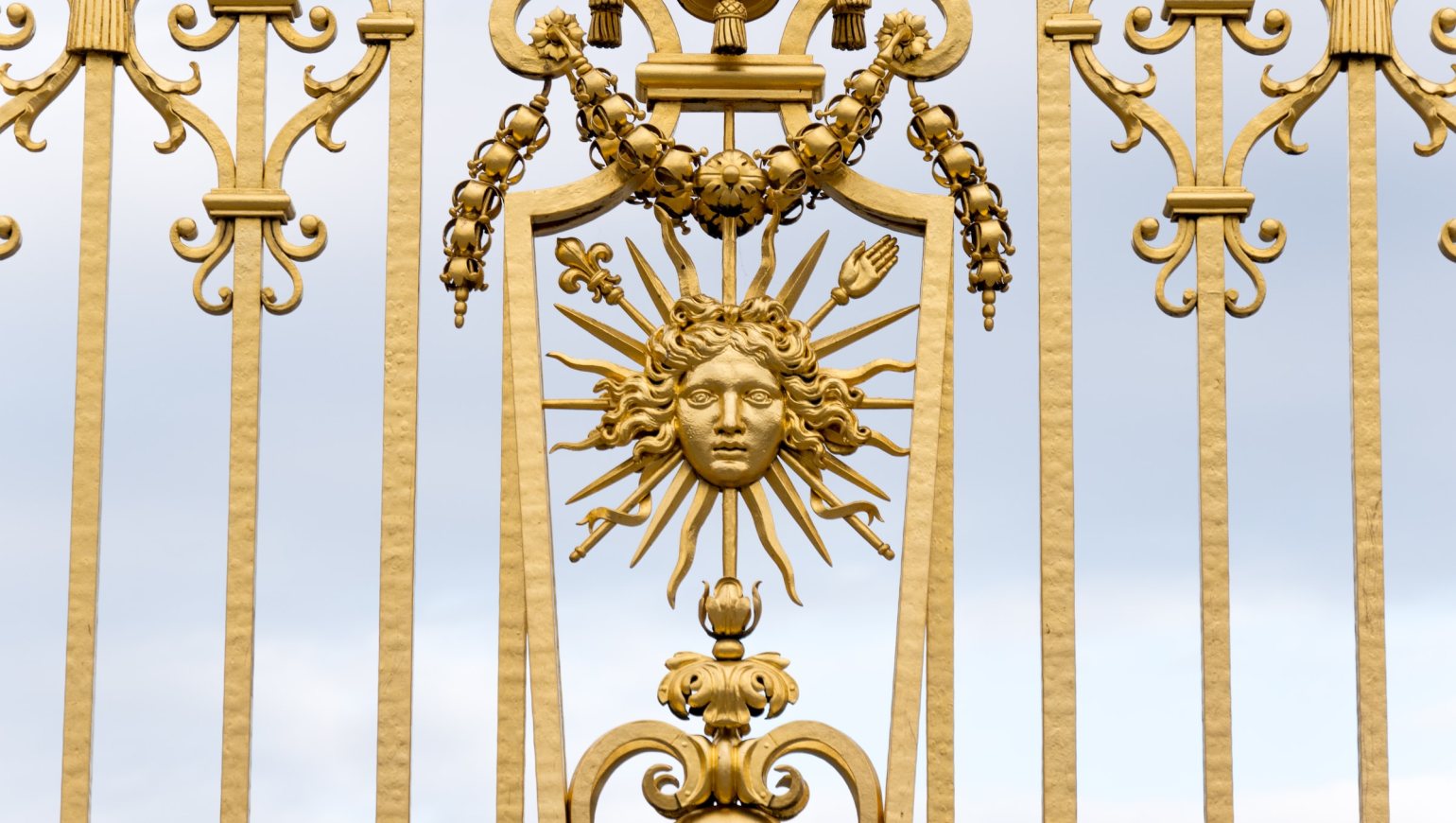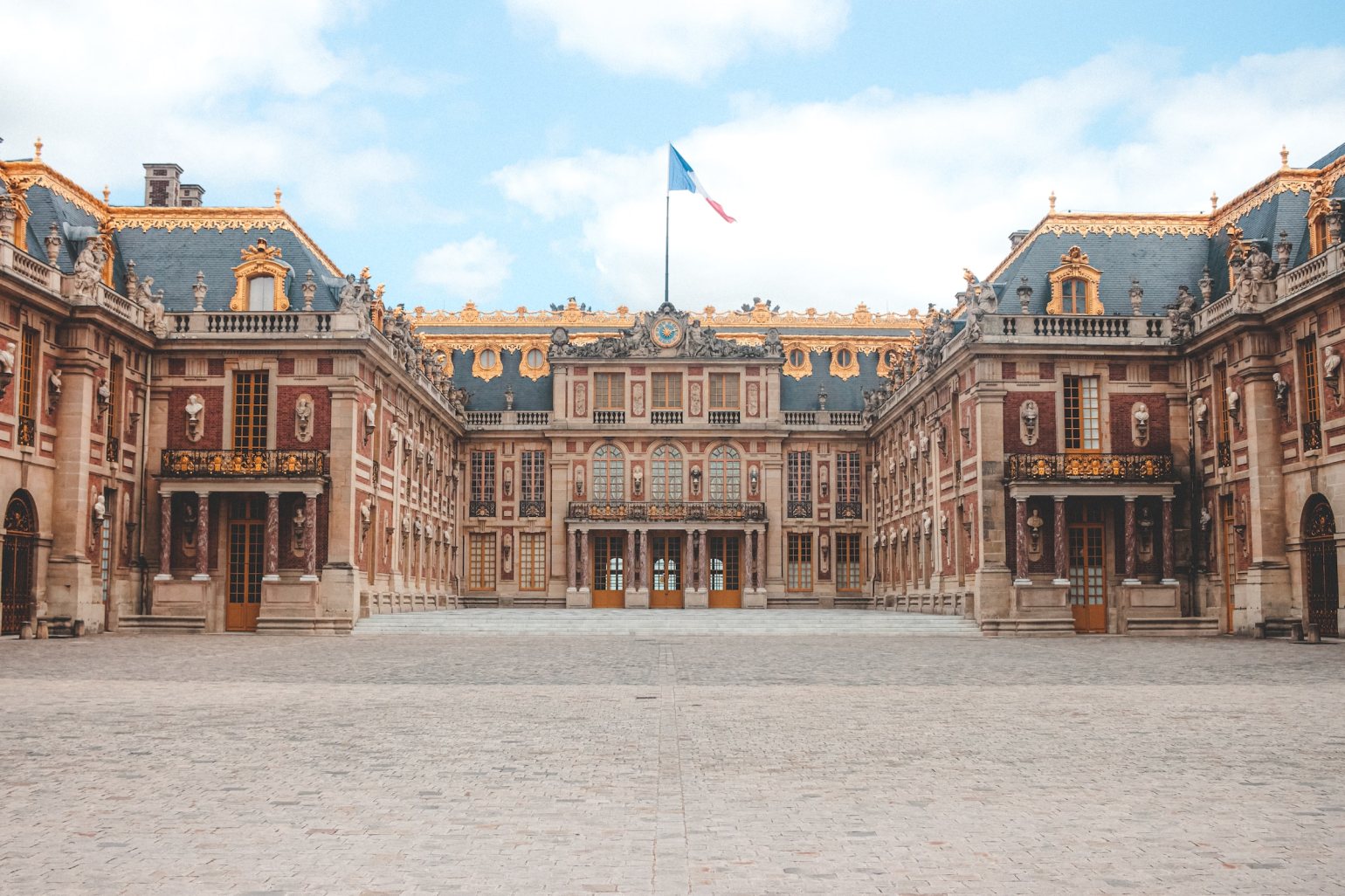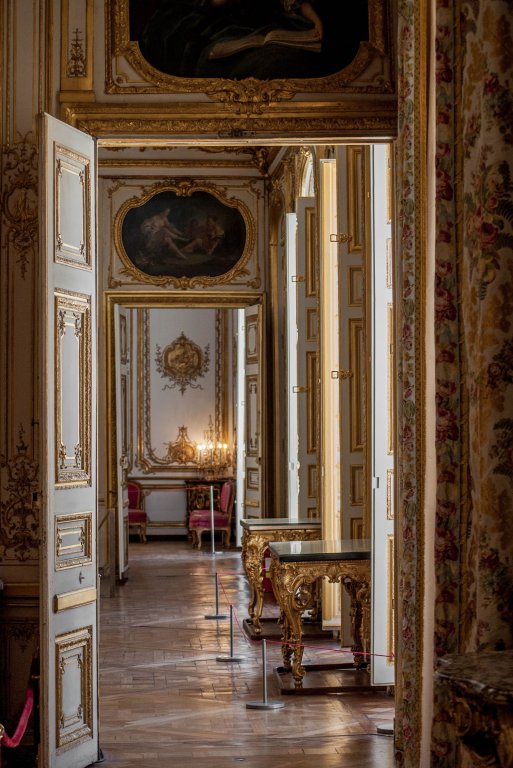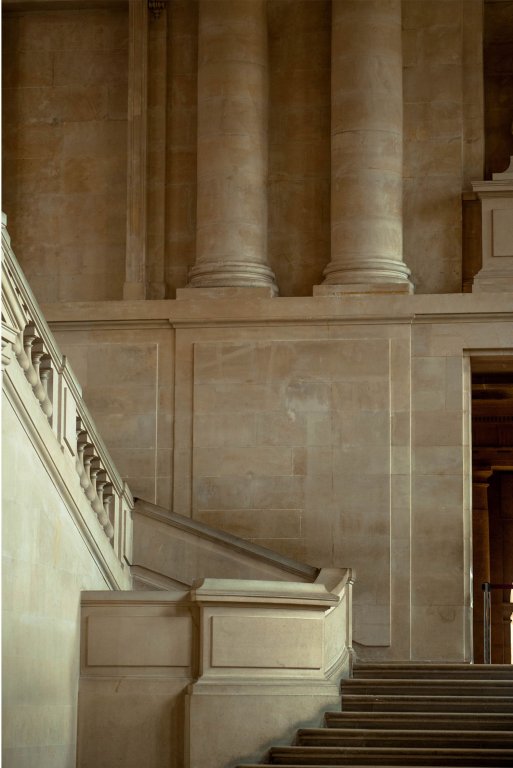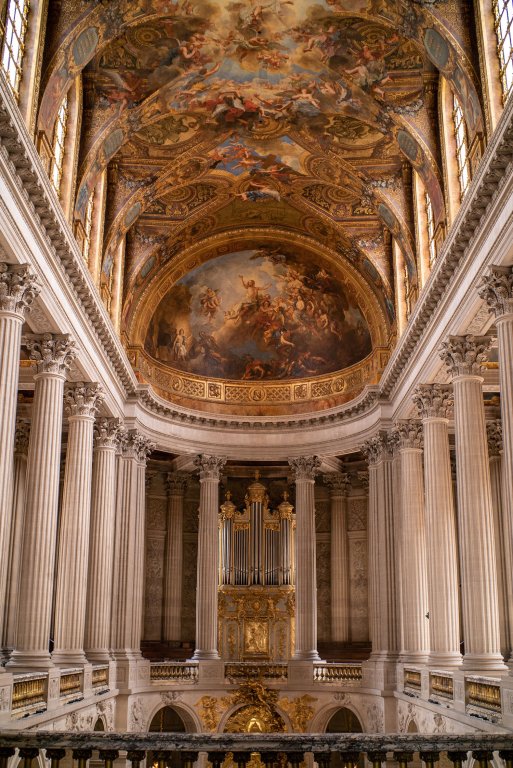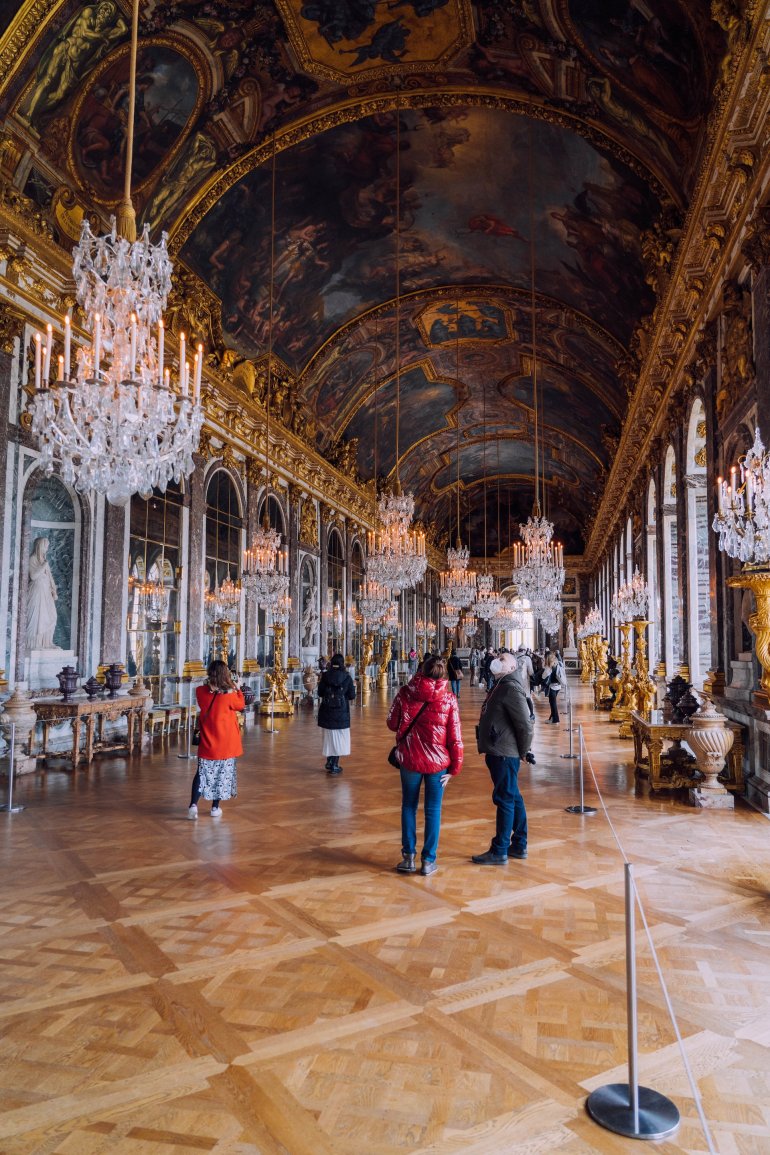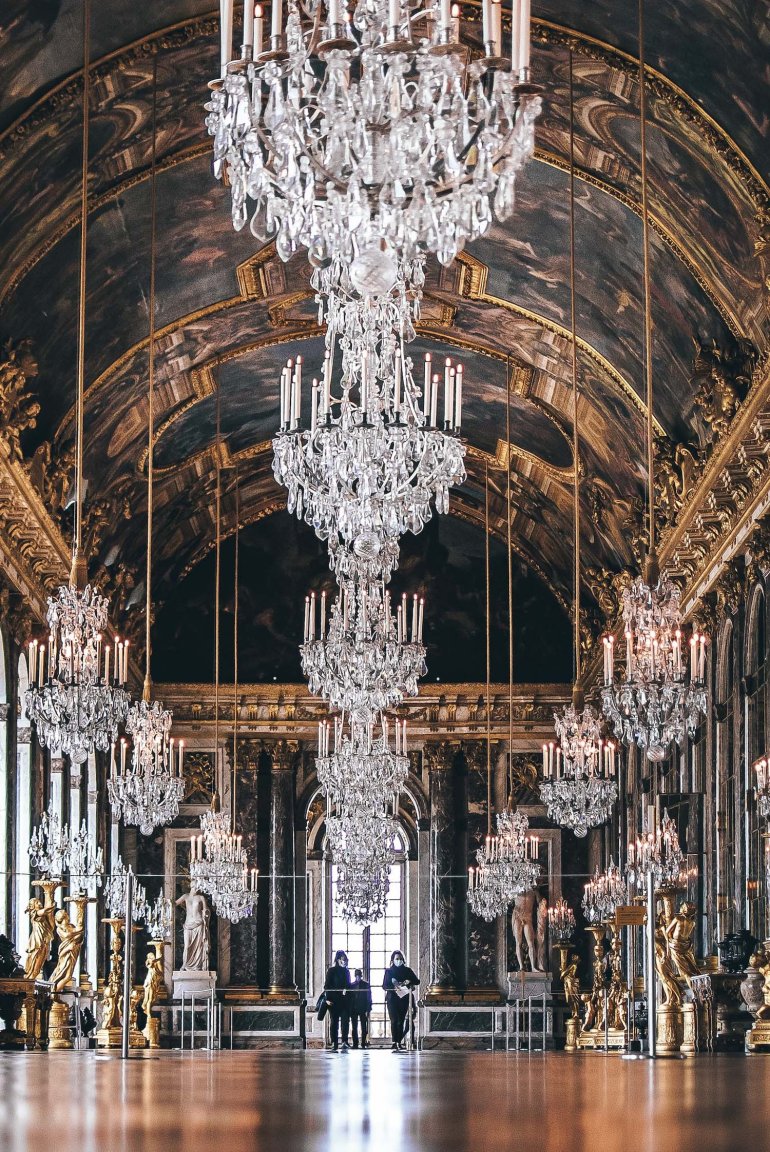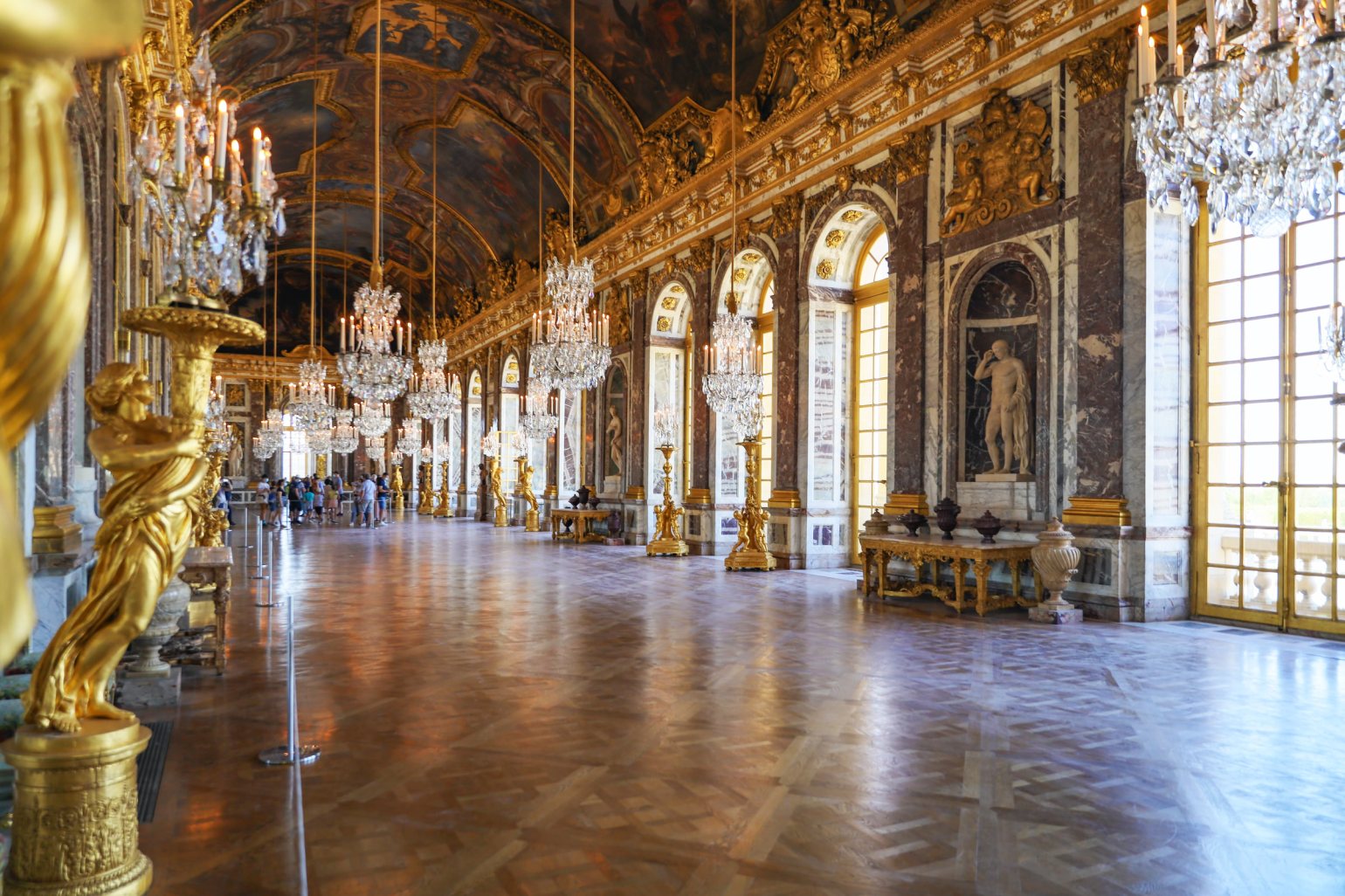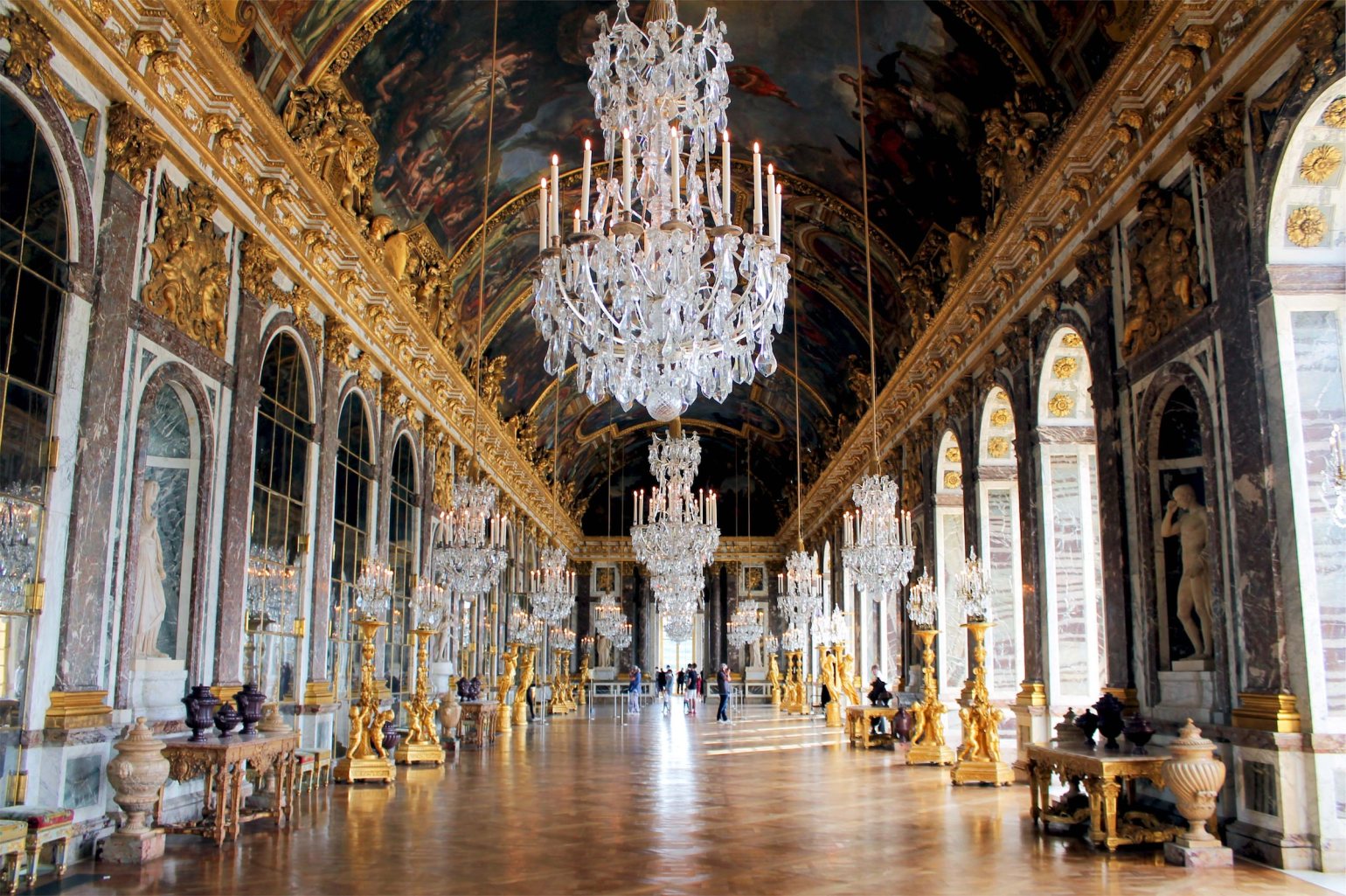Spotlight: The Hall of Mirrors, Chateau de Versailles
![The Golden Gates of the Palace of Versailles. The Golden Gates of the Palace of Versailles.]()
Summary
Spaces like the Hall of Mirrors at Versailles are why we are here; to create products that facilitate protection and preservation whilst seamlessly blending in with the environment, maximising the visitor experience and supporting the curator and custodian teams.
Here we share a glimpse of the fascinating history of Versailles, with particular attention to the exquisite Hall of Mirrors and how today's custodians and curators meet the challenge of protecting the internal spaces of the palace whilst guiding visitors on their journey of discovery.
A Very Royal History
With royal sight, Louis XIV took a fancy to the humble canvas of land known as Versailles and there, he conjured a majesty of a palace, one of supreme grandeur, which would firmly establish the sovereign and France at the world table.
Beginning life as a plain hunting lodge in 1623, the humble site rose up over the course of years to become that grand place, the Palace of Versailles. During Louis XIV’s life in Versailles, the palace played its part as a royal residence, the absolute cultural centre of France, and more significantly, as a stage for political influence and power.
In more recent times, Versailles continued to host notable political events and negotiations such as the signing of the treaty of Versailles on the 28th June 1919, which marked the end of 6 months of negotiations and formal ending of World War I. The palace and grounds are now heralded as a UNESCO world heritage site and continues to inspire with its history and beauty.
![Exterior shot of the Palace of Versailles, France - a centre of culture & museum. Exterior shot of the Palace of Versailles, France - a centre of culture & museum.]()
![A grand corridor inside the Palace of Versailles. A grand corridor inside the Palace of Versailles.]()
![A stone stairwell inside the Place of Versailles. A stone stairwell inside the Place of Versailles.]()
![Painted ceilings and grand pillars with intricate detailing inside the Palace of Versailles. Painted ceilings and grand pillars with intricate detailing inside the Palace of Versailles.]()
The Hall of Mirrors
One of our favourite places is the exquisite Baroque style gallery known as the Galerie des Glaces (The Hall of Mirrors). The name alone conjures images of fantastical architecture and shimmering mirrors designed to strike a sense of awe into the viewer. This was Louis’ crowning glory and into it he poured all of France’s artistry and craft ability. He even persuaded Venetian glass makers to join the French ranks and to produce the first ever French made mirrors that adorn the hall today.
The hall showcases no less than 357 exquisite mirrors, all queuing to represent France’s prosperity. The mirrors are wrapped by 17 arches with supporting rouge de Rance pilasters topped with capitals of gilded bronze that create an elegant rhythm down the Grand Hall. The space was once a terrace, exposed to the elements, until Louis’ First Architect and Superintendant of Buildings, Jules Hardouin-Mansart, designed the inspiring gallery seen today. Topping it all off are the depictions of Louis’ political achievements, gloriously illustrated through a series of 30 paintings by Le Brun.
Such is the power of the original vision, that today 15,000,000 annual visitors visit Versailles and its inner rooms; all creating a daunting challenge for today’s custodians and curators.
![The Hall of Mirrors at the Palace of Versailles. Absolute Freestanding Q Barriers are being used to protect part of the room and its features. The Hall of Mirrors at the Palace of Versailles. Absolute Freestanding Q Barriers are being used to protect part of the room and its features.]()
![Grand chandeliers at the Hall of Mirrors at the Palace of Versailles, also featuring Absolute Freestanding Q Barriers. Grand chandeliers at the Hall of Mirrors at the Palace of Versailles, also featuring Absolute Freestanding Q Barriers.]()
![Wide shot of the Hall of Mirrors, showcasing Absolute Freestanding Q Barriers being used to protect part of the room and its contents. Wide shot of the Hall of Mirrors, showcasing Absolute Freestanding Q Barriers being used to protect part of the room and its contents.]()
Visitor Experience and Protecting the Hall
Since the late 19th century Versailles has played a new role as museum extraordinaire and has held court to major restorative works and more significantly, to visitors and maintenance works. This heritage property now has greater need to protect the restored architecture and handsome floors, as well as guiding the visitors that come to admire them. Also, with the increasing visitor traffic, there is more need to clean and maintain.
Absolute have worked with the curators for many years and always aspire to present elegant product solutions to meet these needs.
In order to optimise visitor experience and protect the space, the Versailles teams required barrier systems with the versatility to guide visitors and gently restrict access, all without obscuring the visitors view. They also needed solutions that allowed an ease in the cleaning and care of the magnificent parquet flooring.
To achieve this, a combination of Absolute’s barrier products were selected: the Absolute Freestanding Q Barrier and the Absolute 400mm Freestanding Barrier, both using our elasticated cord.
![The Palace of Versailles - Hall of Mirrors. The Palace of Versailles - Hall of Mirrors.]()
Our Freestanding Q Barriers and Freestanding 400mm barriers are designed and manufactured to a high specification; providing a robust, versatile and flexible system that is easily moved and adapted to the changing nature of exhibits, and visitor safety and volume. The barrier’s spring loaded cap makes for quick change-up and the elasticated cord provides a gentle reminder to move forward in a directed manner or not to touch.
The barriers also feature anti-slip, anti-marking pads on their bases; this means that precious floors are protected whilst the barriers stay in place.
Absolute barriers are sleek with a clean design and in this instance, present as visually quiet in a sparkling environment. The barriers work subtly alongside the grand and glittering architecture and by being positioned to work with the rhythm of the arched and mirrored feature wall, they blend in with the light filled space, allowing the hall to be the jewel.
Expert Advice – Selecting Barriers
When introducing protective or directional barriers into a heritage environment, we have some key advice:
1. The most glorious environment, no matter how grand, can be brought down a notch by skimping at the last moment of final fixtures and equipment. Carefully select high-quality, robust barriers so as to suit and do justice to the space.
2. Plan for the number of barriers required to ensure a tight, straight line of cord and take the time to secure all loose ends of cord. This guarantees the neatest, least distracting finish.
3. Place barriers with equal spacing between them (we recommend up to 1.8m), where possible and aim to mimic the rhythm of the space or the works they are protecting.
4. Select a barrier and cord colour that will compliment and blend into the environment.
Remember: The moment the barrier installation breaks the rhythm or feels tatty, the viewer’s eye focus on that instead of the magic, which can affect the quality of the whole exhibition.
![Wide shot of the Gardens of the Palace of Versailles. Wide shot of the Gardens of the Palace of Versailles.]()
Spaces like the Hall of Mirrors at Versailles are why we are here; to create products that facilitate protection and preservation whilst seamlessly blending in with the environment, maximising the visitor experience and supporting the curator and custodian teams.
We would be happy to offer you advice about the best way to protect a heritage space and the works within it, please do get in touch with our expert team.
Related LinksChateau de Versailles: https://en.chateauversailles.fr/
The Hall of Mirrors: https://en.chateauversailles.fr/discover/estate/palace/hall-mirrors#the-hall-of-mirrors
First Architect and Superintendant of Buildings to the King - Jules Hardouin-Mansart https://en.chateauversailles.fr/discover/history/great-characters/jules-hardouin-mansart
First Painter to the King - Charles Le Brun https://en.chateauversailles.fr/discover/history/great-characters/charles-brun
Project Profile: The Hall of Mirrors
Discover more information about the products used by Chateau de Versailles.
VIEW PROJECT PROFILEREQUIRE PROJECT SPECIFIC ADVICE?
Get in touch with our expert team today to discuss your requirements and how our product solutions can help.
-
Posted by Jade Turner
27th October 2022

